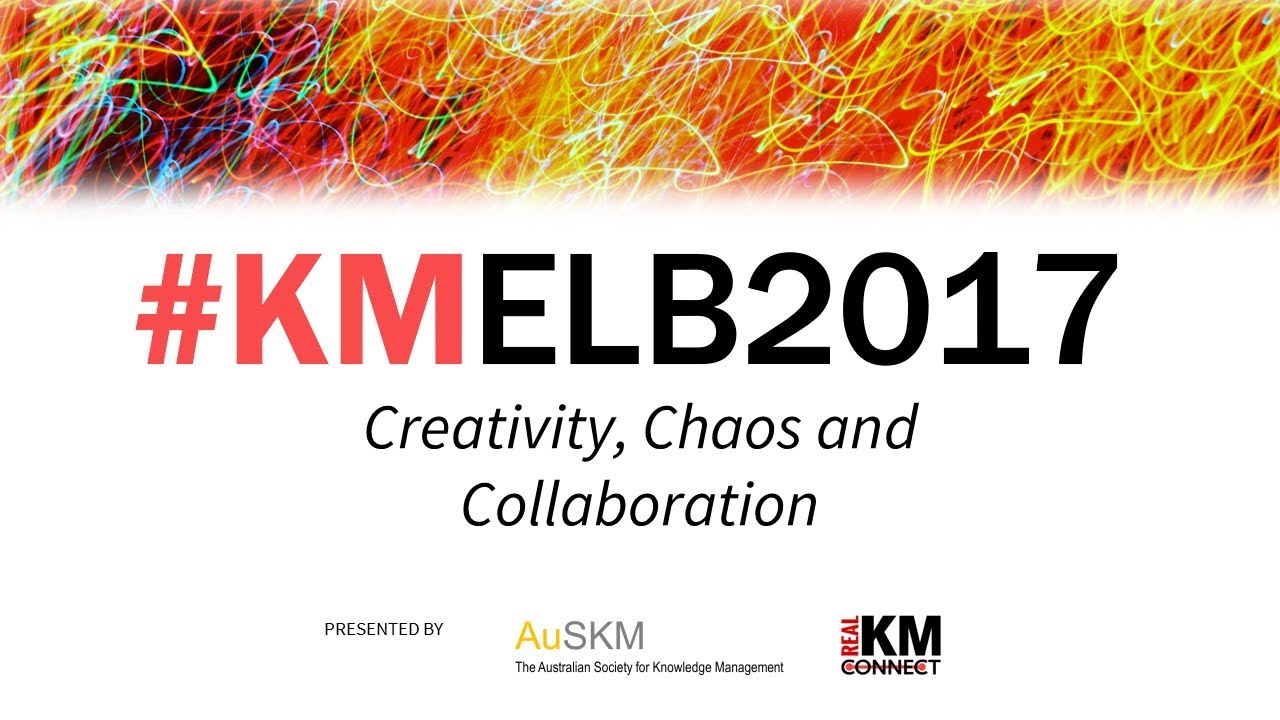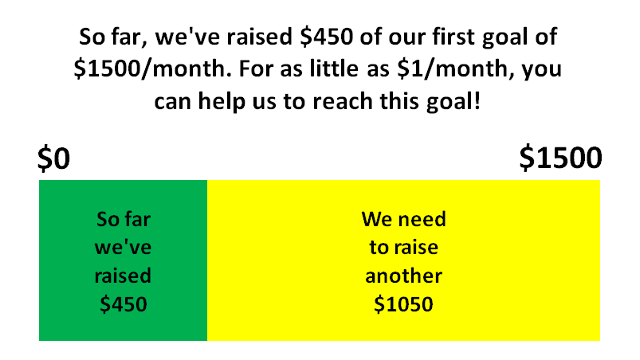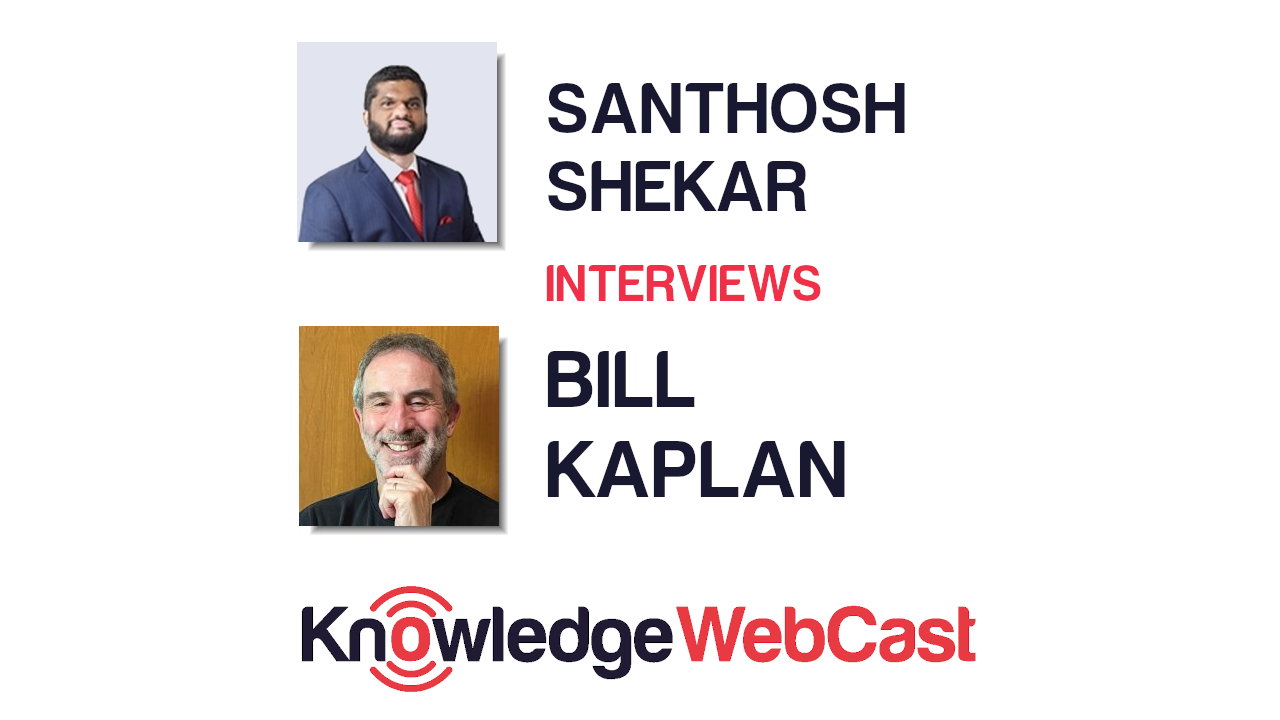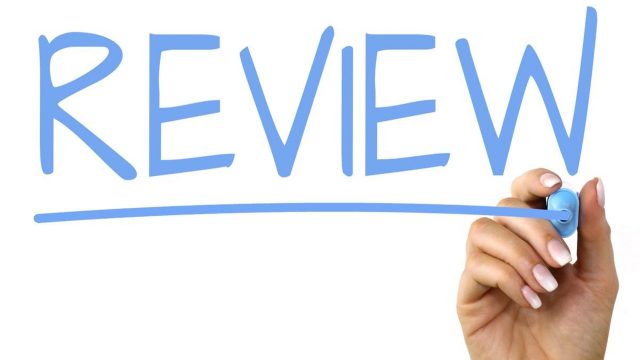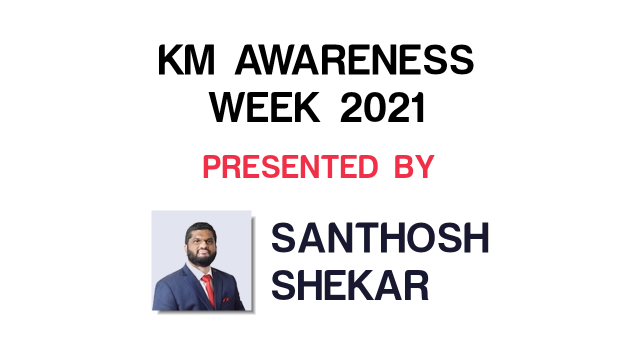
The strategic knowledge management map: a model in progress
There are known knowns. These are things we know that we know. There are known unknowns. That is to say, there are things that we know we don’t know. But there are also unknown unknowns. There are things we don’t know we don’t know.
—Donald Rumsfeld
All individual and organisational knowledge falls somewhere on a spectrum. From unknown unknowns, to unknown knowns, to known unknowns, and finally known knowns. When Donald Rumsfeld elevated the concept to public awareness at a press briefing in 2002, he wasn’t presenting an original idea. He had taken a cognitive psychology tool from the 1950s and adapted it for his own means. The tool he drew his inspiration from is called the Johari Window1 and it was developed by two cognitive psychologists, Luft and Ingham, as a means of creating an individual’s self-awareness.
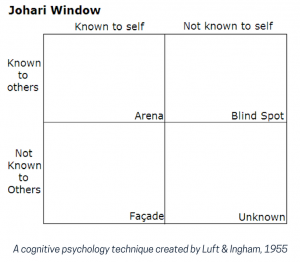
You can read more at the Wikipedia link above about how the tool works in a personal development setting, but it’s also been built on as a workshopping tool for uncovering corporate and project risks. Here’s Dave Gray’s step-by-step adaptation called, The Blind Side.
It struck me that the Johari Window is a solid basis for a map to guide leaders on selecting knowledge management practices to contribute to an wholistic knowledge sharing strategy. Taking the quadrants as shown in the above image, I’ve described them each in the context of organisational knowledge.
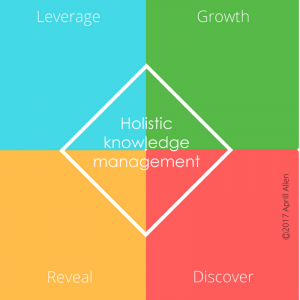
Leverage – the Leverage quadrant represents our known-knowns. We know we know these things and now we look to practices and tools that help us put that knowledge into operation. Process integration is crucial here. It’s no good collecting lessons learned, for example, if we don’t then interact with them routinely to help us to make better decisions.
Growth – the Growth quadrant are our known-unknowns. We know there are things we don’t know within our domain, so we actively seek to expand our understanding and depth of knowledge. Learning and Development programs sit in this quadrant on an employee level, while industry conferences and competitor analysis can provide insights at the organisational level.
Reveal – the Reveal quadrant relates to the unknown-knowns. Luft and Ingham described this region of awareness as the façade—it is where an individual knows things about themselves that they keep hidden from others. In a corporate sense, this is our tacit knowledge. Tacit knowledge is that which is constantly in use but remains unarticulated (and unwritten) until someone happens to ask the right question. It’s what happens when we become unconsciously competent at something.
Discover – the Discover quadrant is where we can work to mitigate risk within our organisation. Our unknown-unknowns are where the potholes lay—budget blowouts, unexpected project failures. Deliberate exploration is what takes place here. NASA conducts some of the riskiest activities both on and off Earth, and through necessity, have a rigorous knowledge management program. See page 15 of this paper2 for what goes into their Risk Mitigation Plan. For anyone else, noting the steps that might get you to imagined worst-possible outcomes of a project—a process called backcasting—can provide useful insights that can be addressed in the planning stages.
When we expand our organisational knowledge through Growth, Reveal, and Discover practices, it is ideal to find ways to improve our practices so that new knowledge can enter the Leverage quadrant. Continuous improvement of the design and functioning of our products and services is another way to leverage the knowledge we uncover.
If I take the processes I’ve mentioned, and then add a few more examples, we begin to get a map that gives us guidance on how we can apply practices in a more strategic way.
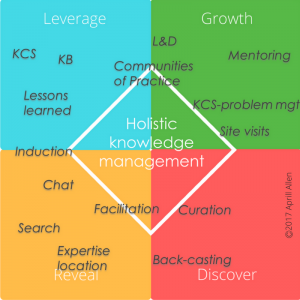
Often, knowledge management stops at providing a knowledge base or document management platform such as Sharepoint, when there are many practices and platforms that form the knowledge management ecosystem. This model is not yet complete, but it’s a good place to start thinking about where your organisation’s weaknesses are and how better knowledge management can be used to strengthen it. The leaders who actively look for opportunities to re-apply knowledge from each of these quadrants will have the most productive and successful teams and organisations.
Article source: The strategic KM map: a model in progress was originally published on the Knowledge Bird blog.
Aprill Allen is one of the very first Silver Patrons of RealKM Magazine.
Header image source: Image 1605501 by JanBaby on Pixabay is in the Public Domain.
References:
- Luft, J. & Ingham, H. (1955). “The Johari window, a graphic model of interpersonal awareness”. Proceedings of the western training laboratory in group development. Los Angeles: University of California, Los Angeles. ↩
- Rogers, E., Officer, C. K., & Ryschkewitsch, M. (2008). Knowledge reapplication: Enhancing organization learning at NASA. ↩

